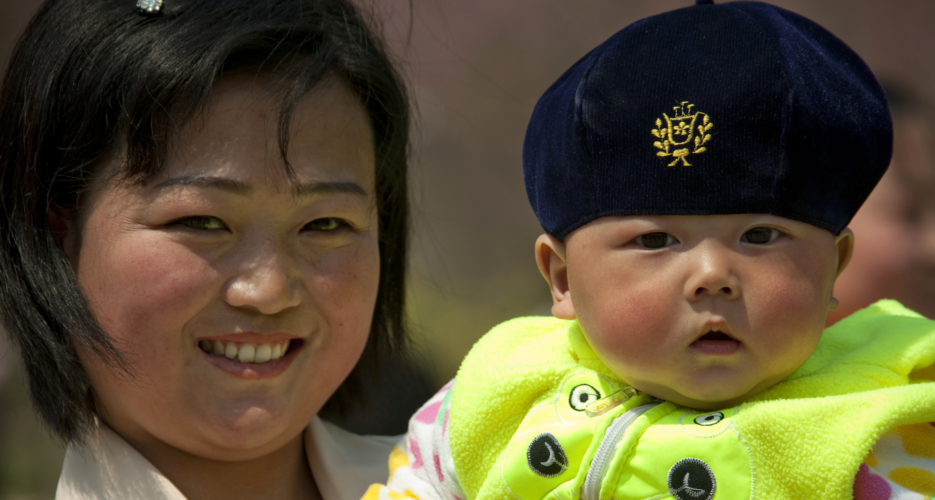South Korea is experiencing a demographic disaster these days: Its total fertility rate (TFR), the average number of children born to a woman during her lifetime, has dropped below the psychologically important 1.0 mark, and the COVID-19 pandemic is driving it even lower. The TFR should be 2.1-2.2 to maintain a stable population, but costly government efforts to keep the country’s TFR above the 1.2-1.3 level have ended in spectacular failure.
But what about North Korea? Much like in the South, the North has both encouraged and discouraged childbearing over the years, with its population policy going through three distinct phases of pro-fertility from 1945-1970, family planning from the early 1970s to early 1990s and now back to the pro-natalist approach since around 1993.
South Korea is experiencing a demographic disaster these days: Its total fertility rate (TFR), the average number of children born to a woman during her lifetime, has dropped below the psychologically important 1.0 mark, and the COVID-19 pandemic is driving it even lower. The TFR should be 2.1-2.2 to maintain a stable population, but costly government efforts to keep the country’s TFR above the 1.2-1.3 level have ended in spectacular failure.
But what about North Korea? Much like in the South, the North has both encouraged and discouraged childbearing over the years, with its population policy going through three distinct phases of pro-fertility from 1945-1970, family planning from the early 1970s to early 1990s and now back to the pro-natalist approach since around 1993.
Become a member for less
than $5.75 per week.
Unlimited access to all of NK News: reporting, investigations, analysis
The NK News Daily Update, an email newsletter to keep you in the loop
Searchable archive of all content, photo galleries, special columns
Contact NK News reporters with tips or requests for reporting
Get unlimited access to all NK News content, including original reporting, investigations, and analyses by our team of DPRK experts.
Subscribe now
All major cards accepted. No commitments – you can cancel any time.













